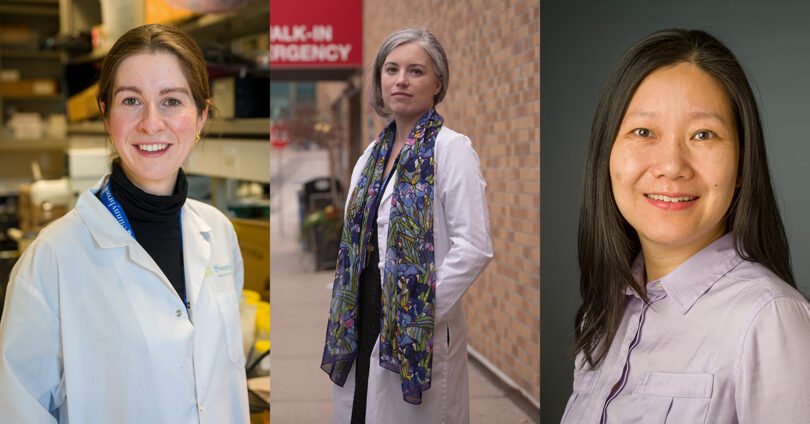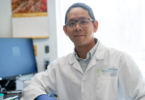February 11th is the International Day of Women and Girls in Science. At Sunnybrook, women in science lead, inspire, break boundaries in research, provide world-class patient care and much more. Below, hear from three Sunnybrook Research Institute scientists about the joys and challenges of working in the field, and their advice for young girls interested in pursuing a career in science.
Dr. Harriet Lea-Banks
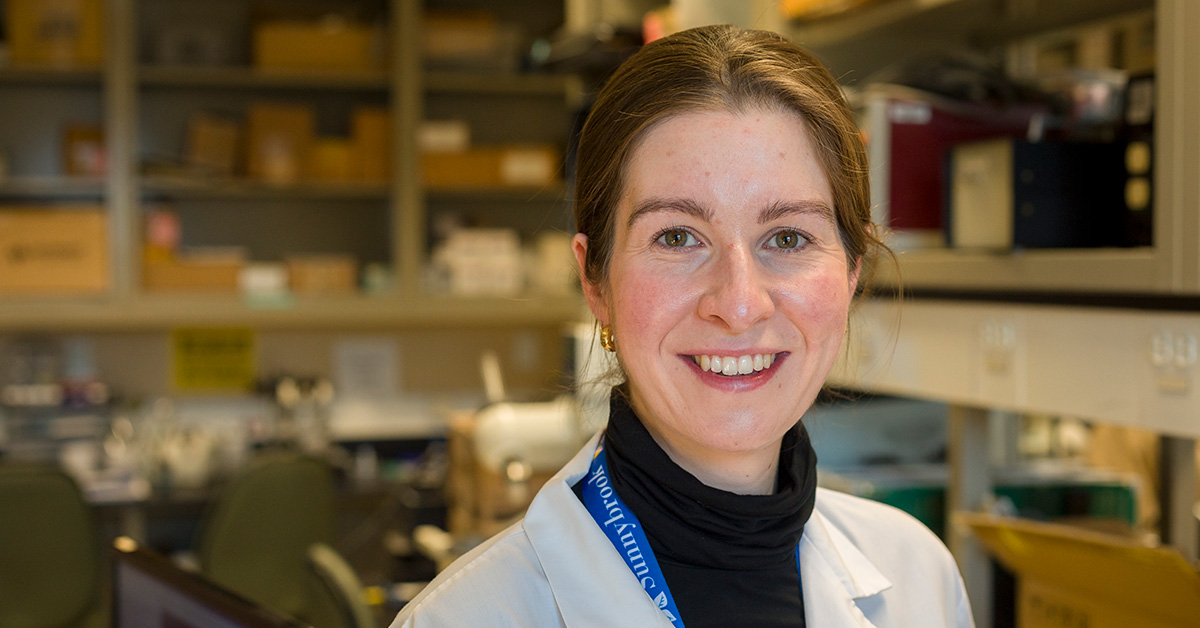 Dr. Harriet Lea-Banks is a Junior Scientist in Physical Sciences and the Hurvitz Brain Sciences Program at Sunnybrook Research Institute. Her research in Sunnybrook’s Focused Ultrasound Lab explores ultrasound-mediated drug delivery in the brain.
Dr. Harriet Lea-Banks is a Junior Scientist in Physical Sciences and the Hurvitz Brain Sciences Program at Sunnybrook Research Institute. Her research in Sunnybrook’s Focused Ultrasound Lab explores ultrasound-mediated drug delivery in the brain.
Why did you pursue a career in science?
I originally studied engineering because I wanted to build things that improved people’s lives. The idea of doing a PhD and going into research felt so far from everyday life and frontline engineering. But learning more about biomedical engineering through my undergraduate degree captured my imagination. Using sound waves to image and treat the body sounded like science fiction, but at Sunnybrook we see it in reality, and it truly does improve lives.
How have mentors impacted your career path?
I’ve been fortunate to have several exceptional mentors, both women and men, that have encouraged and challenged me. They are advocates for me, even when I’m not there. I love this quote from U of T Professor Christine Allen – ‘Find mentors who believe in you and are willing to bring up your name and put you forward for opportunities – even when you’re not in the room.’
What advice would you give to young women interested in pursuing a career in research?
Look out for opportunities to test if research is for you, such as the Focused Ultrasound High School Summer Research Program and the SRI Summer Student Research Program. Diversity and representation in science are improving, but the truth is, we need you. Without female representation at every stage, sex biases will continue to limit medical research and the treatments we develop. The best innovations come from the most diverse groups. So, bring your whole self and help us define what a scientist looks like in 2023.
Dr. Candace McNaughton
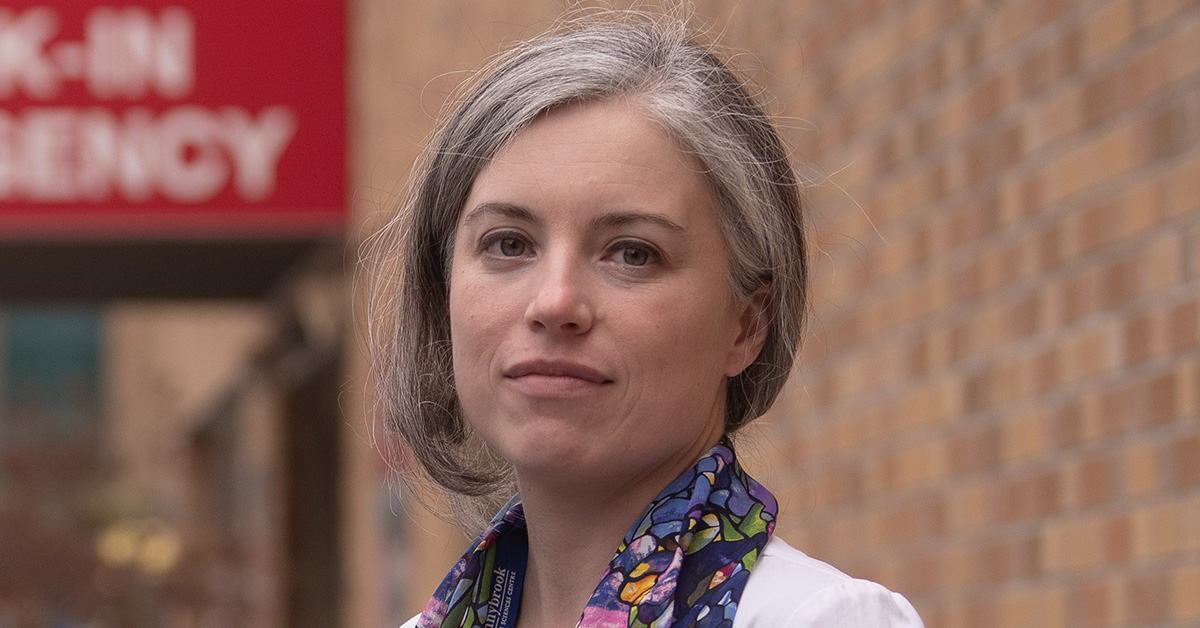 Dr. Candace McNaughton is an Emergency Medicine Physician and Scientist in Evaluative Clinical Sciences and the Integrated Community Research Program at Sunnybrook. Her research interests include hypertension, heart failure and the impact of COVID-19 on our healthcare system.
Dr. Candace McNaughton is an Emergency Medicine Physician and Scientist in Evaluative Clinical Sciences and the Integrated Community Research Program at Sunnybrook. Her research interests include hypertension, heart failure and the impact of COVID-19 on our healthcare system.
What inspires your work in science?
Because I am an emergency medicine physician and epidemiologist, many of my research questions come from clinical work and patient experiences in the emergency department. Every shift, new questions come up and I learn from my patients. Why do some patients benefit from their heart failure or hypertension medications but others don’t, how can we figure out which patients are which, and how can we best support both? Curiosity gets me out of bed in the morning and keeps me motivated through the long hours reading, problem solving, and the rejections that are part and parcel in science.
What’s one thing your career in science has taught you?
By its very nature, science is challenging and exacting, and most experiences involve a lot of time and/or failures. This can create challenges for people like me, who really want to get the right answer on the first try. Science continues to provide daily lessons in humility and determination. Practically speaking, my training has also been invaluable as a parent, and it’s probably saved my own life a few more times than I care to admit.
What advice would you give to young women interested in pursuing a career in medicine or research?
We need women in medicine and research. That said, it is virtually impossible to devote a career to science without either making significant personal sacrifices or having tremendous, multi-faceted support. Behind every successful scientist there are 3-5 full-time-employee equivalents in support — whether that’s in the form of an incredible grants manager, administrative assistant, nanny, household manager, and/or spouse. Carefully cultivate these relationships as explicitly as you do everything else in your career. Despite the additional hurdles that women still often face in science today, our voices and our involvement are as vital.
Dr. Chao Wang
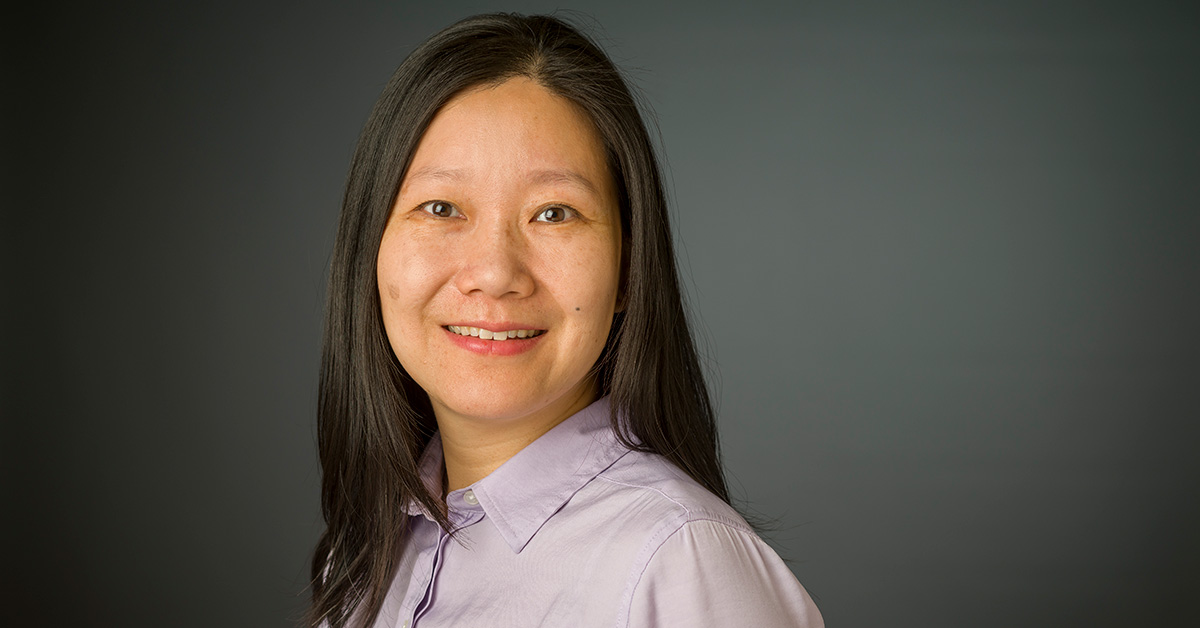 Dr. Chao Wang is a Scientist in Biological Sciences and the Odette Cancer Research Program at Sunnybrook Research Institute. She also holds a Canada Research Chair in Immunometabolism of Neuroinflammation.
Dr. Chao Wang is a Scientist in Biological Sciences and the Odette Cancer Research Program at Sunnybrook Research Institute. She also holds a Canada Research Chair in Immunometabolism of Neuroinflammation.
Do you have a role model that influenced your decision to work in science?
I’ve been fortunate to have many role models throughout my career and I continue to learn from people that I work or interact with. My first mentor was my undergraduate professor Dr. Jamie Scott who introduced me to immunology and research, and continues to influence me to this day. First and foremost, you have to love what you are studying. And if you love it, identify mentors and the support system that you’ll need to help you succeed.
What are some of the challenges currently faced by women in science?
Juggling work and family and the trade-offs that come with that is difficult. Science is a career that needs an incredible amount of dedication, time and sometimes 24/7 mental concentration. This can often be challenging while trying to be a good mother and/or attend to family. A salute to all the female scientists — you are all wonder women!
What do you love most about working in science?
Working in science allows me to pursue both my medical curiosity and my passion for teaching. It’s an incredibly rewarding and exciting feeling to discover something new, with the hope to benefit millions of people.


